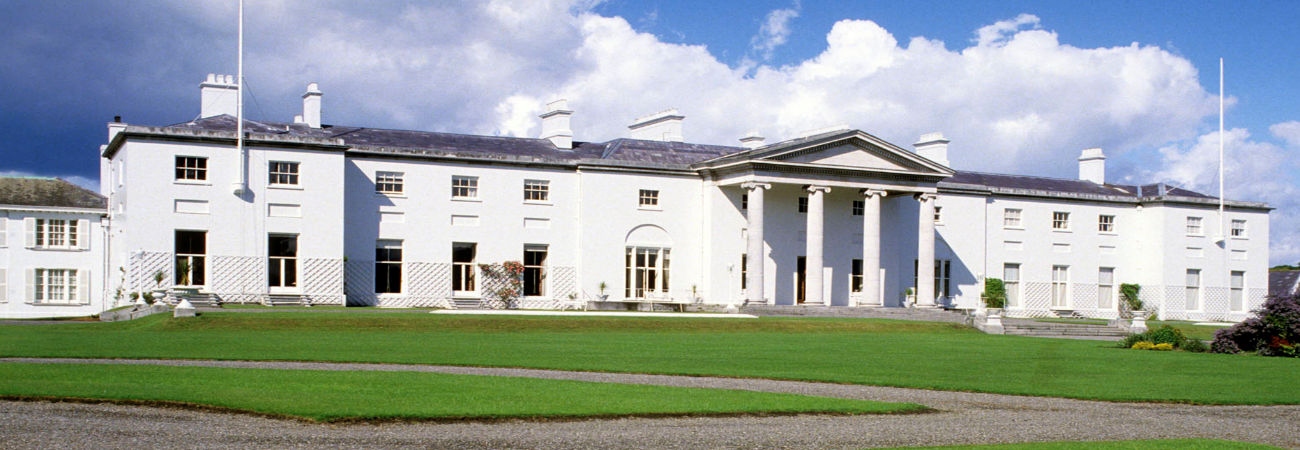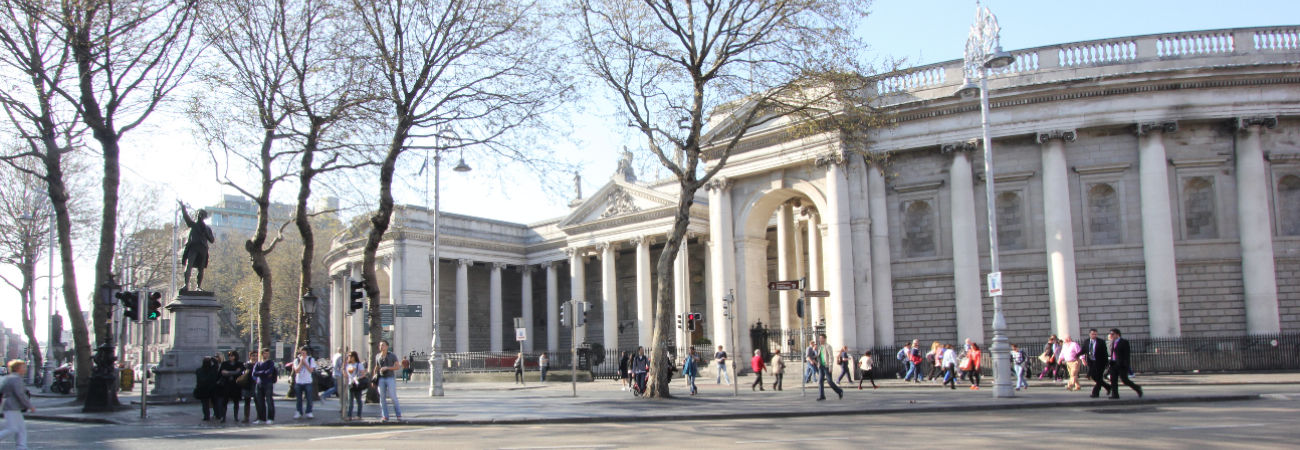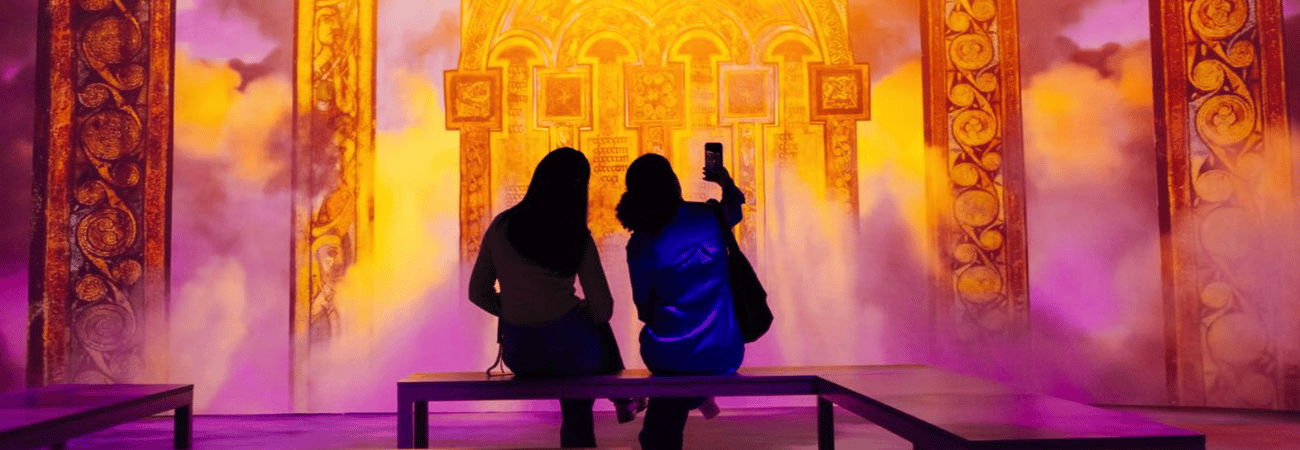O'Connell Street is one of Dublin's main streets in the heart of the City. The street is one of the widest streets in Europe. It measures around 49 metres (160 ft) in width and 500 metres (1650 ft) in length.
Until 1924 O’Connell St the street was known as ‘Sackville Street’. It was than renamed in honour of Daniel O’Connell, also known as the Liberator. He was a political leader of the early nineteenth. You will find a statue of him at the lower end of the street facing the O’Connell Bridge that crosses the Liffey. There is also one of the biggest monuments ‘The Spire’ right in the middle of O’Connell Street.
O’Connell Street has always been a famous street in the history, and formed the backdrop to one of the 1913 Dublin Lockout gatherings, the 1916 Easter Rising, the Irish Civil War of 1922, the destruction of the Nelson Pillar in 1966, and many public celebrations, protests and demonstrations through the years. The St. Patrick's Day Parade is every year taking place on this street, and is as well the setting for the 1916 Commemoration every Easter Sunday. Nearly all the main buses leave from O’Connell Street.
On O’Connell Street you will find many different Restaurants, Bars as well as large stores or shopping centres. It is also home to Clery’s (back to 1853) one of the largest and oldest department stores in Dublin. It is very well known in Dublin’s culture as well as a place where many romances began. Under Clerys' clock" is a well-known rendez-vous, for Dubliners.
The monuments on the O'Connell Street from south to north are:
Daniel O'Connell: That was designed and sculpted by John Henry Foley and completed by his assistant Thomas Brock in 1854.William Smith O'Brien: Designed by Thomas Farrell. Originally unveiled in 1870 on at the corner of D’olier Street and Westmoreland Street, it was moved to O'Connell Street in 1929.Sir John Gray: Created by Thomas Farrell. The materials for the Figure and the pedestal, Sicilian white marble. It was finished in 1879.
William Smith O'Brien: Designed by Thomas Farrell. Originally unveiled in 1870 on at the corner of D’olier Street and Westmoreland Street, it was moved to O'Connell Street in 1929.
Sir John Gray: Created by Thomas Farrell. The materials for the Figure and the pedestal, Sicilian white marble. It was finished in 1879. Gray was the proprietor of the Freeman's Journal newspaper and as a member of Dublin Corporation was responsible for the construction of the Dublin water supply system based on the Vartry Reservoir.
James Larkin: Created by Oisín Kelly. Larkin lived from 1874 to 1947. An expressive bronze statue atop a granite plinth, the monument was finished in 1980. He founded the Irish Transport & General Worker’s Union catering for unskilled workers such as carters, Dockers, labourers, and factory hands.
Theobald Mathew: Created by Mary Redmond. The foundation stone was laid in 1890, and the monument was finished in 1893. He was popularly known as Father Mathew and was born in Thomastown.
Charles Stewart Parnell: the Parnell Monument created by an Irish-American sculptor Augustus Saint-Gaudens. The monument is made of solid Galway granite and was paid for through public subscription and unveiled in 1911 at the junction with Parnell Street, just south of Parnell Square for which Dublin Corporation re-routed the tram tracks to facilitate the siting of the monument.
O'Connell Street is just 3 minutes walk from the Castle Hotel


